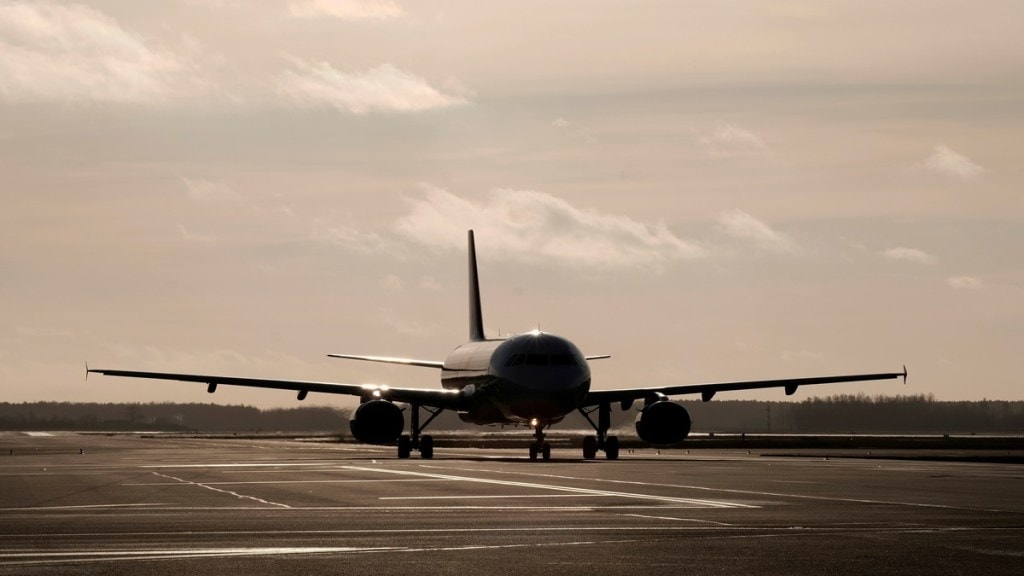Operating profit of India’s top three airlines, who control more than 90% of the domestic traffic, is expected to moderate in FY26 compared to previous year due to softer demand and unforeseen business disruptions.
The domestic airline industry will see operating profit moderate 11-14% to Rs 20,000-21,000 crore this fiscal from about Rs 23,500 crore posted in the last fiscal, said a report by Crisil. Operating profit is defined as earnings before interest, tax, depreciation, amortisation and lease rentals.
IndiGo, Air India group (Air India and Air India Express) and SpiceJet control 94% of India’s domestic aviation share, as per data shared by the Directorate General of Civil Aviation (DGCA).
While IndiGo had recorded a profit of Rs 7,258 crore, Air India group saw its losses balloon to Rs 10,859 crore in FY25. Akasa Air’s losses jumped to Rs 1,983 crore during the same year while SpiceJet closed the year with a profit of Rs 62 crore.
Q1 FY26: A difficult start for the industry
Demand in the first quarter (April to June) FY26 was muted because of closure of operations at several airports for a week and ensuing airspace restrictions resulting in rerouting of international flights and elongated flying times.
April and May are considered to be top months for leisure traffic due to the summer holidays. Demand sentiments took a hit again in June when an air crash left 270 dead. This also led to added flight safety checks and reduction in capacities deployed thereby impacting revenues.
“These headwinds led to softer demand and lower capacity deployment, resulting in passenger traffic growth slowing to 5.2% on-year in the first quarter, compared with 7.1% in the corresponding quarter last fiscal,” said the report.
The profit squeeze: Lower yields and higher Costs
However, the second half of this fiscal, which typically accounts for 50-55% of annual traffic, is expected to see faster growth, as the disruptions gradually ease, leading to a traffic growth of 7-9% for this fiscal, in line with the 8.1% growth last fiscal.
While fleet additions will be limited due to slow aircraft deliveries, the operational fleet will grow as groundings decline. After a weak first quarter, airlines will likely boost passenger load factors by adjusting yields.
Gautam Shahi, Director, Crisil Ratings, said, “Despite steady traffic growth, sustaining the passenger load factor will come at a cost—that of a moderation in yields—this fiscal, predominantly because of subdued demand in the first quarter.”
“Passenger yield is seen correcting 2-4% compared with an uptick of 3% last fiscal. Additional costs associated with rerouting of flights because of airspace restrictions would also have a bearing on the operating profitability of airlines. While this will be partially offset by an 8-10% decline expected in fuel costs,” Shahi added.
IndiGo, the country’s largest airline with a share of 65%, is hoping to offset the losses of May and June during August and September. Capacity, the airline said, will be lower in the July to September period which in turn will lead to better passenger loads and stronger demand.

